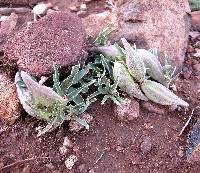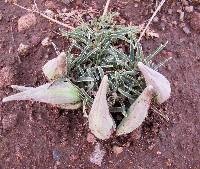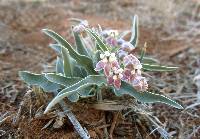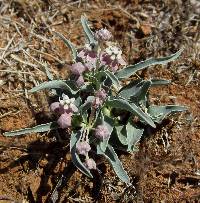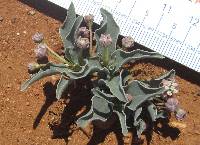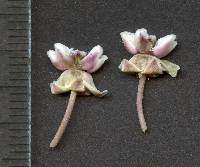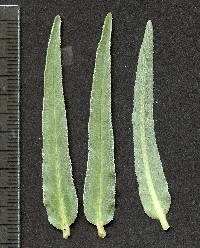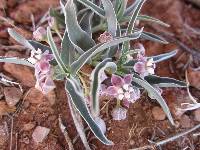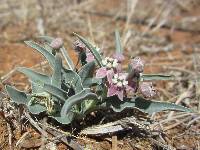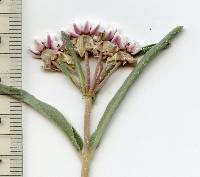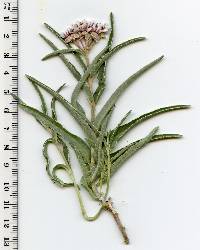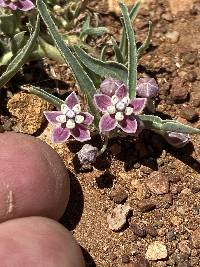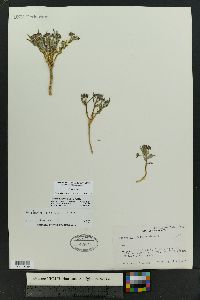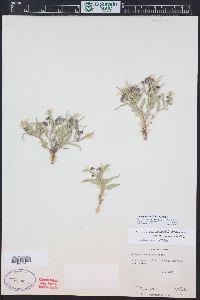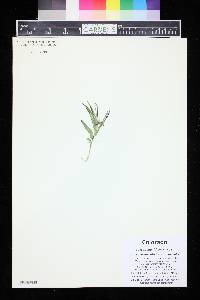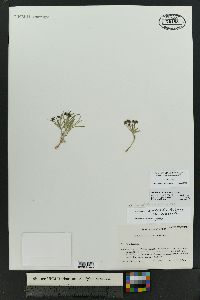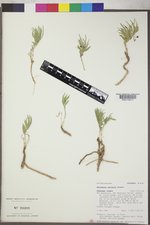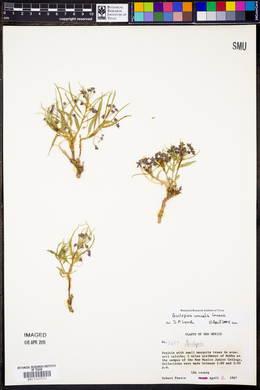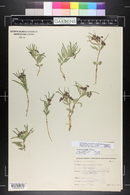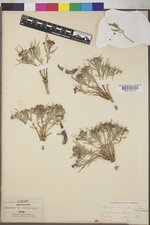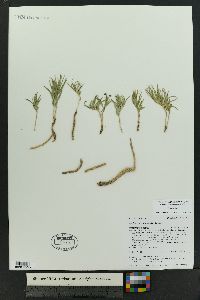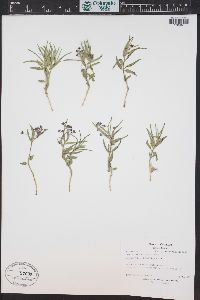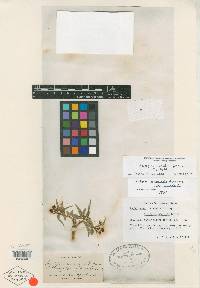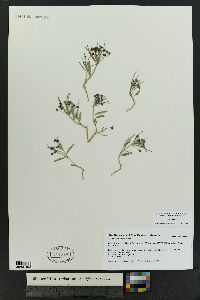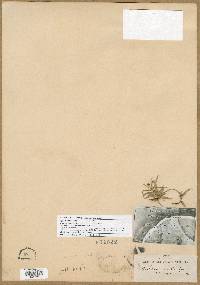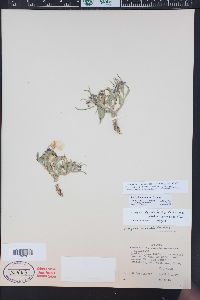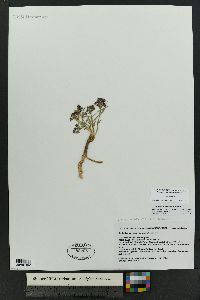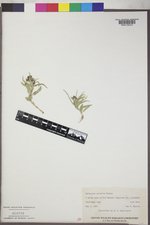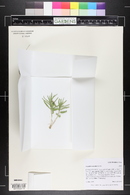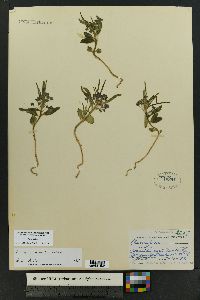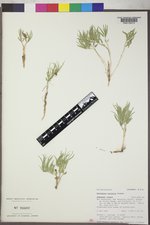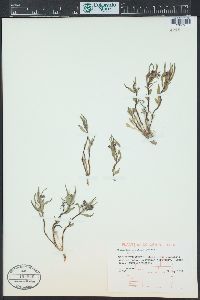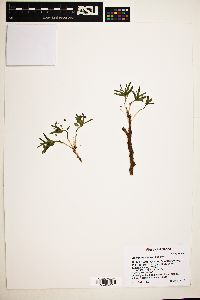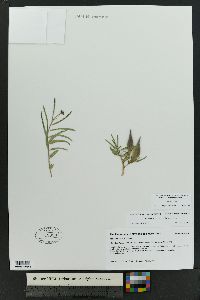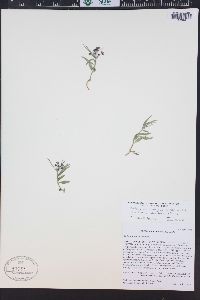
|
|
|
|
Family: Apocynaceae
Wheel Milkweed
|
Plant: Dwarf to low herbs; stems few to several from the root crown, loosely ascending to decumbent, mostly unbranched, 5-20 cm long, sparsely to densely covered with short curly hairs Leaves: erect or spreading, opposite to irregularly alternate, the petioles 1-5 mm long, the blades broadly ovate to lanceolate or linear-lanceolate, becoming progressively narrower upwards, 1-5 cm long, 1-25 mm broad, apically rounded or obtuse to mostly attenuate-acute, rounded to obtuse or acute at the base, the margins short woolly, the upper and lower surfaces short woolly to glabrous, the veins typically persistently pubescent INFLORESCENCE: UMBELS 1 to several, sessile to infrequently short-pedunculate, lateral at the upper nodes, more or less crowded, but (at least on older plants) not simulating a solitary, terminal inflorescence, 1-4 cm broad Flowers: small; calyx lobes 2-4 mm long; corolla purple, the lobes 3-6 mm long; hoods yellowish to pinkish, mostly erect, hemispheric to somewhat oblong, 1.2-2.1 mm long, 1-2.1 mm broad, the rim truncate with a more or less well developed pair of triangular marginal lobes, about as long as to 1 mm shorter than the gynostegium, the horns attached mostly near the middle of the hoods, tangentially flat to subdigitate, 0.5-1.5 mm long, included to scarcely exserted; anther wings 1.1-1.7 mm long; corpusculum ca. 0.2-0.3 mm long, the pollinia 0.5-0.7 mm long Fruit: FOLLICLES erect on deflexed to spreading pedicels, 4-6 cm long Misc: widely scattered localities on the high deserts and dry plains REFERENCES: Sundell, Eric. 1994. Asclepiadaceae. J. Ariz. - Nev. Acad. Sci. Volume 27, 169-187. Woodson 1954, Sundell 1993, Nabhan et al 2015 Duration: Perennial Nativity: Native Lifeform: Forb/Herb General: Small dwarf herbaceous perennial, stem ascending to decumbent, 1.5-4 cm long, inconspicuously puberulent. Leaves: Opposite to irregularly alternate, variable, the lowermost are ovate, then grading to linear-lanceolate above, 1-2 cm long, 2-7 mm across, minutely puberulent, with short woolly margins. Flowers: Umbel one to several, short pedunculate, the flowers small, calyx lobes ovate lanceolate about 2-4 mm long, the corolla reflexed rotate, purplish rose, lobes about 4 mm long, the hoods are shortly saccate and about 1.5 mm long, with acute marginal auricles. Fruits: Follicle erect on deflexed to spreading pedicel, 4-6 cm long. Ecology: Found in grasslands on sandy to rocky soil from 5000-7000 ft (1524-2134 m); flowers May-June. Distribution: Found in very localized habitats from the Great Plains to southeastern Arizona. Notes: This is a variable complex of species. Sundell 1993 separated them into two varieties, but only one of them is still considered a subspecies. Subsp. ruthiae was distinguished as having stems 10-20 cm long, blades mostly elliptic or circular. The flowers were large with corolla lobes 4-6 mm long and hoods with indistinct hoods. This taxa was also previously known as A. eastwoodiae and is known from from the Colorado Plateau from a number of collections identified to A. ruthiae. Known queen butterfly (Danaus gillipus) host plant. Etymology: Asclepias is named for the Greek god of healing Asklepios, while uncialis means one-twelfth or one inch in length. Synonyms: None Editor: SBuckley 2014 , AHazelton 2015 |
|
|
|
This project was made possible in part by the Institute of Museum and Library Services [MG-70-19-0057-19].
Powered by Symbiota


